Helen Hunt, 60, Stuns During Her Latest Appearance, and Her Lips Become the Center of Attention

The seat belt on the passenger seats has a fabric loop. When put under a great amount of pressure, the stitches on the loop rip apart so the excess fabric can assist in cushioning the passengers. The extra few inches can make a great difference within a dire circumstance. However, there isn’t one on the driver’s side. As the driver is so close to the steering wheel, it’s safer for them not to have one. Seat belts were originally invented in the mid-19th century, though this technology wasn’t brought into common practice until the 1960s!
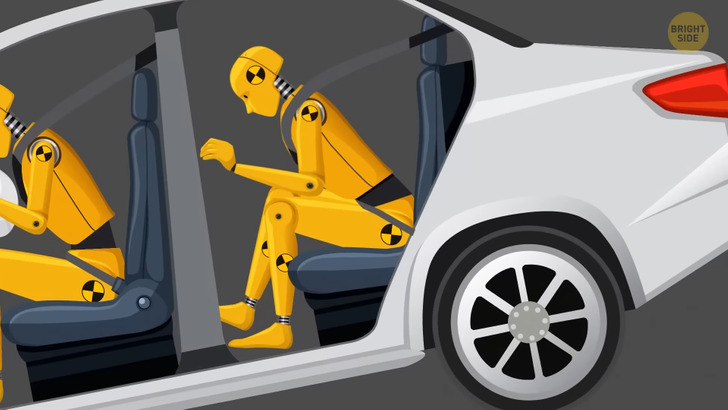
Pre-collision sensory technology has assisted with developing the safety of seat belts and other features to the next level. Effectively predicting a car’s collision, the technology directs the seat belts to automatically tighten, aligning the airbags and ensuring the brakes will be preloaded to reduce shock. Every year, 6 million car accidents occur, which explains why all cars still must continue to develop safety features, not only to alleviate accidents but to protect people more effectively within their cars. The materials that make up the body of cars only started getting replaced within the last 25 years, ranging from aluminum and magnesium alloys to carbon fiber composites. These lighter materials not only enable a more fuel-efficient journey, but they also ensure that when a car is in an accident, its build provides a ’crumple zone’. As a car hits another object, the crumple zone absorbs energy from the collision. Although this would appear to cause more damage to the car, it helps prevent impact on the passengers.
Front and rear bumpers are very underrated, and due to their long history of being used in cars, you cant imagine a time we didn’t use them. They were invented in the late 1800s. The bumpers evolved over the years to the point we don’t even realize we have them. But they are there, quietly waiting under the outer covers, consisting of compressible foam or plastic around a rigid reinforced bar.
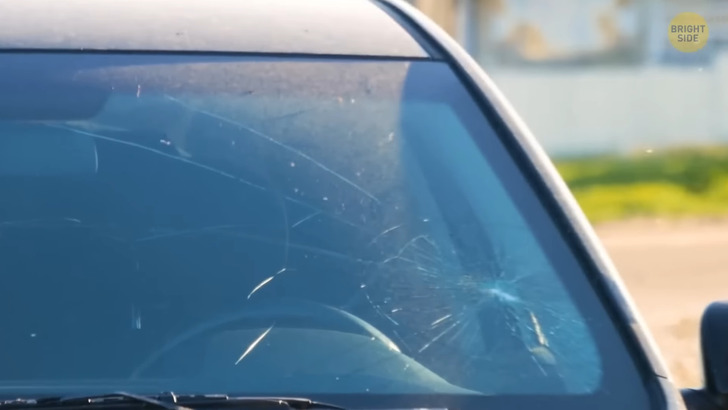
All the windows of your car are made of glass, but the windshield is made of a shatterproof version. It’s laminated, so whatever might hit it, you can be sure there won’t be any shards of glass falling into the front seats. Normal glass was used up until the 1950s.
As vehicles became more prominent, they made modifications to ensure safety. Airbags seem like another common feature that has always been there. In fact, they were originally invented in 1968 and were ahead of their time. They slowly gained popularity, and through safety precautions for cars, they eventually became mandatory for all cars to have only in 1998. They have since developed from just being an airbag within the steering wheel. Today, depending on the vehicle, they can be located throughout the car, ensuring all potential passengers will be protected. Crash sensors connected to an onboard computer detect when a collision occurs and trigger the bags, inflating within milliseconds, and providing a cushioned safety within a blink of an eye.
It can be difficult to predict the weather and even more so to determine traction on the road. In the late 1960s, anti-lock braking systems were implemented in vehicles. Before that, they had been used in many aircraft, with designs going as far back as 1908. They soon became a necessity for all vehicles, ensuring traction is maintained on slippery surfaces and that there is complete control when braking. Today, ABS has advanced so much that the latest variations ensure further detection when there are strong crosswinds.
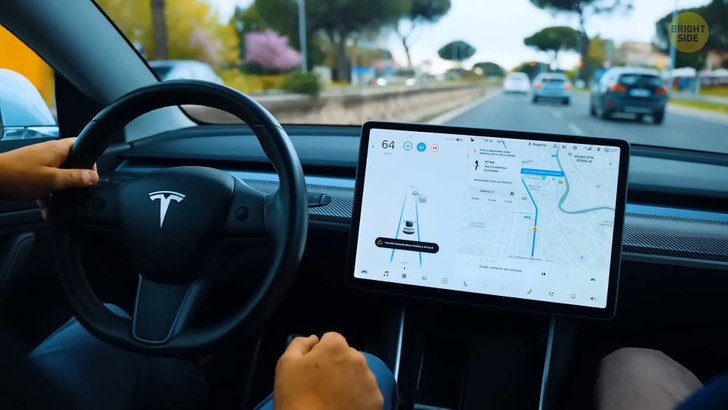
Cruise control, initially invented in 1948, has been in constant development over many decades. Today, ’adaptive cruise control’ ensures that when the car is cruising at a constant speed and detects a slower car ahead, it will then adjust the speed to match the car in front. Other advanced variants may also ensure the car will make a complete stop once identifying that the car in front has done the same. It’s easy to forget to have your high beams on when driving on the long and lonesome road for many hours.
Automatic high beams are quickly becoming more common. High-tech camera modules can easily determine what type of light is passing through and help ensure when the high beam will be necessary. Although versions of automatic high beams have been around since the 1950s, they counted on light-sensitive sensors and were very unreliable. The new varieties can identify the sources of light, whether it’s from the sun, directly from a car’s light, or even from the reflection on a sign, ensuring you won’t cause issues with other drivers. It’s a pain in the neck to have to ensure there isn’t anyone creeping into that semi-visible corner, the blind spot, which causes around 400,000 accidents per year. Solar sensors within rear bumpers of vehicles, and blind-spot monitoring systems, watch and identify adjacent lanes. They alert the driver that a vehicle may be in the lane beside them, whether by flashing lights on the dash or from beeping sounds. This way, they help to alleviate the many concerns the blind spot causes
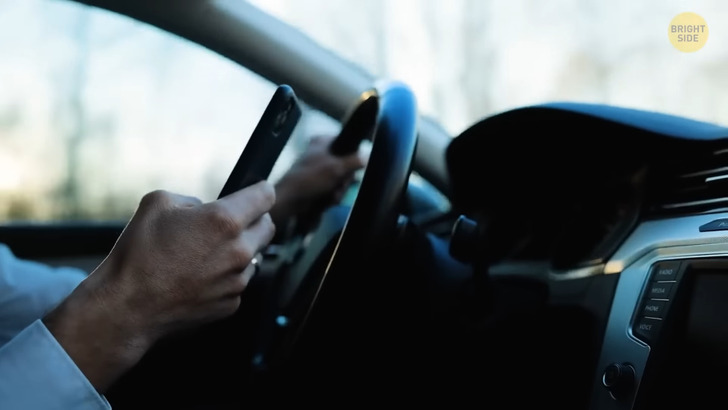
1.6 million road accidents are caused by texting and driving, and fatigue normally causes up to 10% of all car accidents per year. The Driver-Attention Monitor helps to alleviate both statistics. It works through sensors that monitor the car’s movements and the amount of steering corrections to ensure the driver is paying attention to the road. When the system identifies that the driver isn’t completely awake or is slightly distracted with their phone, it will prompt signals to suggest its time for a break.
Tires are among the most critical components for your car, with a close relationship with whatever path you take. Many safety features rely on the tires themselves for their own independent purposes. That’s why it’s super important to ensure the tires are always in top condition. Tire pressure monitoring systems check the air pressure of all four tires, ensuring you’re aware when they need their pressure increased to avoid the risk of a blowout. The constant evolution in technologies continues to ensure you stay safe on longer stretches of the road. Lane departure warnings focus on the lines on the road, ensuring the car stays within. Whenever a car starts drifting over a line in the road without signaling to do so, the camera-based feature identifies and signals to the driver. The lane-keeping assist feature follows the same method of identifying when the car is intruding the bordering lane. When it gets too close, it will readjust the steering and center the car within its appropriate lane.
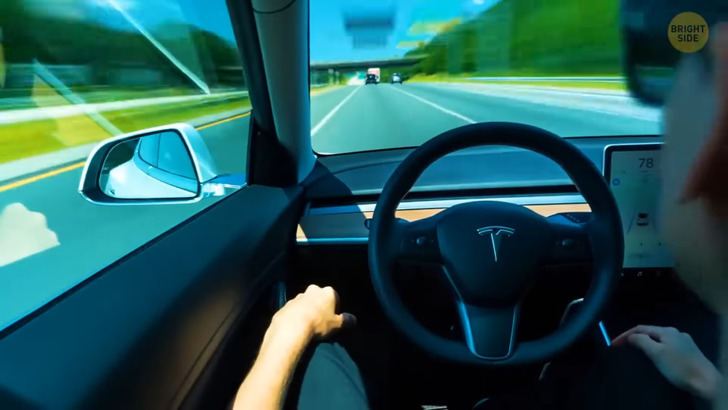
Other features in more advanced cars have autonomous driving capabilities. The autopilot systems have taken cruise control to the next level. Not only does it allow the vehicle to steer itself in the intended lane while maintaining a set speed, but it also changes lanes when required, making the ride more and more efficient. Some safety features are only just making a trend in car models worldwide. For example, night vision using thermographic cameras to look out for pedestrians and animals nearby. It goes within the infotainment screen, facing frontwards and identifying objects from their heat signatures.
It’s estimated that there are over 1.4 billion cars in use worldwide, and as the world’s population increases, it’s expected that the number of cars will follow suit. Safety features will continue to adapt further beyond what we know of today. Infra-red headlights will be further adapted to be used in conditions with poor visibility like storms, snow, and fog. They will be capable of enhancing the visibility of the driver in all conditions without affecting the sight of passing drivers. Driver override systems will soon be able to monitor and identify human behavior. Whether due to reckless conduct on the road or for other safety precautions, cars will soon have the functionality to take complete control of themselves, ensuring both the passengers’ and the driver’s safety.
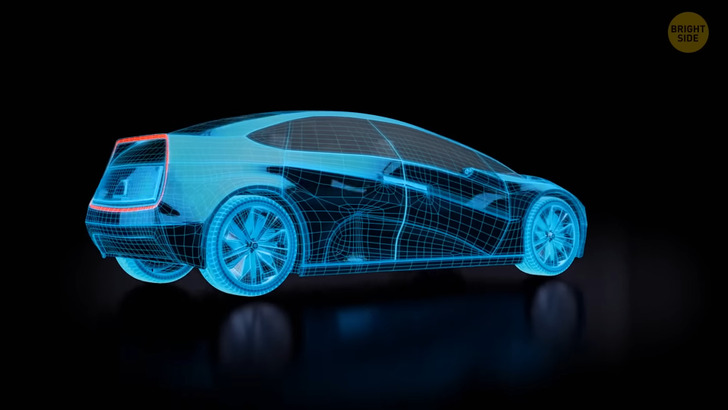
Augmented reality windshields are in early development already, providing some indicator reflections from the dash onto the windshield. So it’s quite possible that soon all necessary directions from maps and alerts will appear right in front of the driver to ensure they never take their eyes off the road. Airbags will soon not only just be used within a car to ensure the passengers’ safety. They will also activate from the outside of the car once they identify a definitive collision. The airbags will inflate outwards, covering the entire outside of the car, and drastically reducing its impact. It may be so advanced that the bodywork of the car won’t even need to be buffed out! The future technology of cars is expected to be so progressive that the cars themselves will have their own form of communication, not with human drivers, but with other cars. Just imagine: cars communicating and sharing information as they identify roadblocks, issues on the road, or disruptive weather patterns. It will all ensure the most efficient and safest route possible.











